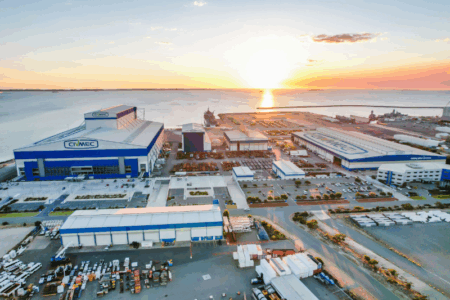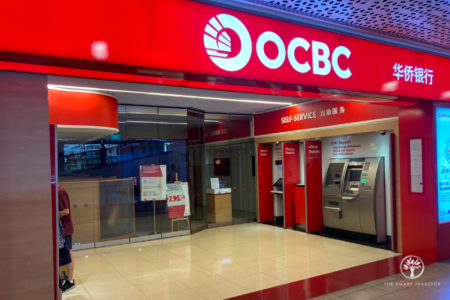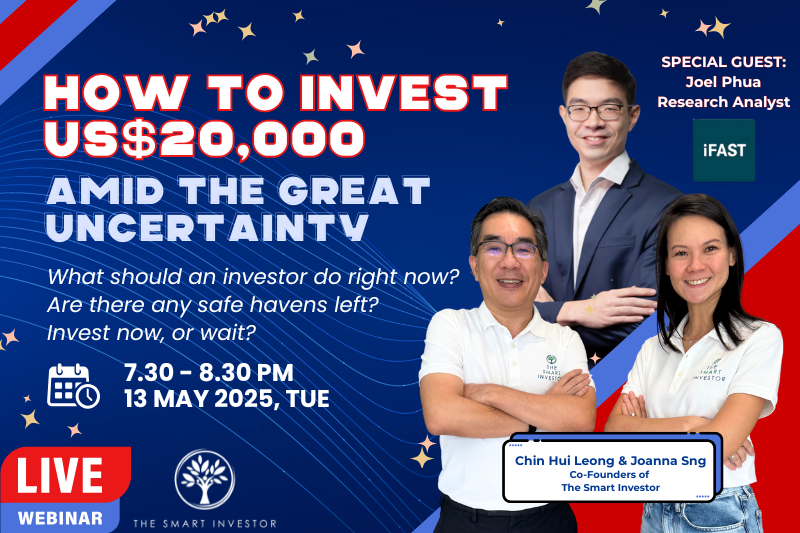The Johor-Singapore Special Economic Zone (JS-SEZ) agreement was signed by leaders from Singapore (Lawrence Wong) and Malaysia (Anwar Ibrahim) in Kuala Lumpur on January 11.
This signing came as part of the 11th Malaysia-Singapore leaders retreat and came nearly a year after a memorandum of understanding (MOU) was inked, along with two signing delays.
For the MOU, both countries will work on boosting the cross-border flow of goods and people and are also exploring other initiatives such as a passport-free clearance system.
Apart from ensuring the smoother flow of people and goods, the JS-SEZ is also expected to create 20,000 skilled jobs for people on both sides of the Causeway.
The zone for business and investment also aims to support the expansion of 50 projects in the first five years, rising to 100 projects within the first decade.
Details of the JS-SEZ
As part of the JS-SEZ, nine flagship zones have been announced along with the commitment of two separate funds into this economic zone.
For the Singapore side, the government will arrange funding support to facilitate Singaporean companies expanding into the JS-SEZ while also supporting multinational companies that wish to have a presence in both Singapore and Johor.
Meanwhile, the Malaysian government will set up a fund to support infrastructure investments and construct a one-stop centre to facilitate investments called the “Invest Malaysia Facilitation Centre – Johor” or IMFC-J.
The nine flagship zones are: Johor Bahru city centre, Iskandar Puteri, Tanjung Pelepas, Pasir Gudang, Senai, Sedenak, Forest City, Pengerang Integrated Petroleum Complex (PIPC), and Desaru.
Each zone will have its own targeted economic activity that focuses on specific industries and/or sectors.
A special corporate tax rate of 5% will be levied on companies that undertake new investments and “value-added activities” within the JS-SEZ for 15 years.
In addition, the Malaysian Ministry of Finance introduced a special worker’s tax rate of 15% for 10 years.
Benefits of the JS-SEZ
The above-mentioned financial incentives should attract businesses and investments into the new economic zones.
It will also improve the flow of goods and the upcoming Rapid Transit System Link Project (which will begin operations in December 2026) should enable the freer movement of people across the Causeway.
The JS-SEZ will also encourage foreign direct investment (FDI) in both countries.
Singapore made up 23.2% of Malaysia’s FDI in 2023 and Malaysia was Singapore’s third-largest trading partner.
11 economic sectors will be promoted and include manufacturing, logistics, food security, tourism, energy, the digital economy, the green economy, financial services, business services, education, and health.
Companies that may benefit
A wide range of Singapore companies look set to benefit from the JS-SEZ.
One of them is Venture Corporation (SGX: V03).
The blue-chip contract manufacturer has a factory in Senai, Johor, and looks set to reap the benefits of the JS-SEZ.
Venture’s revenue for the third quarter of 2024 (3Q 2024) came in at S$689.7 million, down almost 4% quarter-on-quarter.
Its net profit dipped by 4.7% quarter on quarter to S$60.6 million.
Top Glove Corporation (SGX: BVA) is another beneficiary of the SEZ with two factories located in Johor.
The glove manufacturer reported a commendable performance for the first quarter of fiscal 2025 ending 30 November 2024.
Revenue surged almost 80% year on year to RM 885.9 million and the group reported a net profit of RM 5.5 million, reversing the net loss of RM 57.7 million in the previous year.
A third beneficiary is IHH Healthcare Berhad (SGX: Q0F) which operates Gleneagles Hospital in Johor.
The healthcare player saw revenue dip by 3% year on year to RM 5.6 billion for 3Q 2024.
Net profit excluding exceptional items, however, soared 43% year on year to RM 528 million.
Sim Leisure Group (SGX: URR) operates an indoor entertainment theme park called ESCAPE Johor Bahru in Paradigm Mall.
The theme park operator saw revenue jump 56% year on year to RM 86.8 million for the first half of 2024 (1H 2024).
Net profit increased by 23.2% year on year to RM 10.9 million.
A fifth Singapore company that will benefit is Old Chang Kee (SGX: 5ML).
The snack producer has two retail outlets and a factory in Johor and plans to extend the range and volume of its food products manufactured there.
Old Chang Kee reported a small 3.2% year-on-year rise in revenue to S$51.8 million for its first half of fiscal 2025 ending 30 September 2024.
Net profit shot up 42% year on year to S$6.2 million.
By the time your child grows up, inflation will have gobbled up their savings. If you not only want to protect their money but also grow it, there are 3 SGX stocks you can consider buying. One has already proven to give a 55.8% dividend pay rise. Get all the details in our latest special FREE report. Just click here.
Disclosure: Royston Yang does not own shares in any of the companies mentioned.





